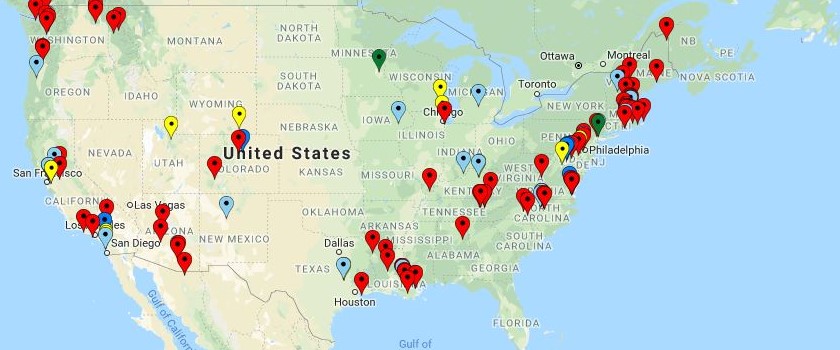The NIEHS Hazardous Substance Basic Research and Training Program (Superfund Research Program [SRP]) provides practical, scientific solutions to protect health, the environment, and communities. As part of NIEHS, an Institute of the National Institutes of Health, SRP works to learn more about ways to protect the public from exposure to hazardous substances, such as industrial solvents, arsenic, lead, and mercury. These and other toxic substances are found in contaminated water, soil, and air at hazardous waste sites throughout the United States.
SRP funds university-based grants on basic biological, environmental, and engineering processes to find real and practical solutions to exposures to hazardous substances. These activities complement the work of the U.S. Environmental Protection Agency, the Agency for Toxic Substances and Disease Registry, and other federal and state agencies.
In keeping with the NIEHS mission, SRP's teams of professionals from a variety of disciplines develop, test, and implement unique, solution-oriented approaches to address complex environmental health problems. These teams study environmental contaminants in order to lower environmental cleanup costs, reduce human exposure, and improve human health. SRP's central goal is to understand and break the link between chemical exposure and disease.
For SRP news, research advances, and events check out @NIH_NIEHS on X using the hashtag #NIEHS_SRP. To instantly hear about SRP opportunities, subscribe to our mailing lists by sending your email address and affiliation to [email protected].
News
- Superfund Grant Recipients Testify at PFAS Hearing
January 17, 2025 - Volatile Organic Compounds May Raise Hypertension Risk in Nonsmokers
December 12, 2024 - Water Treatment Technology Aims to Destroy PFAS On-Site
November 12, 2024












